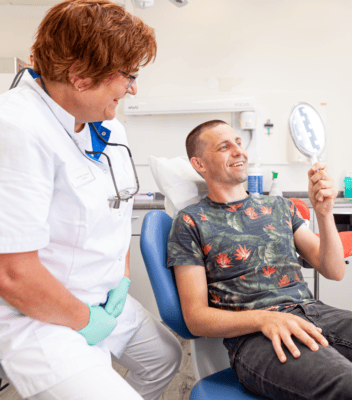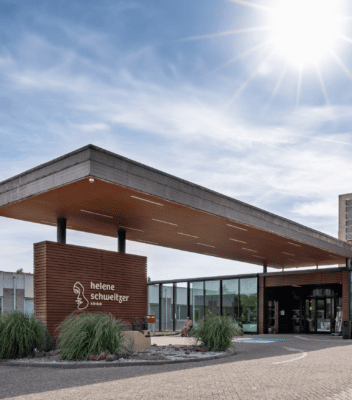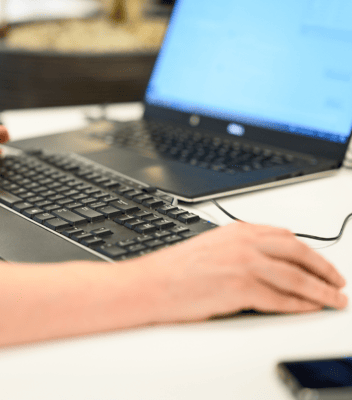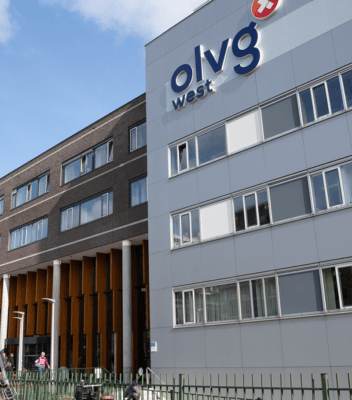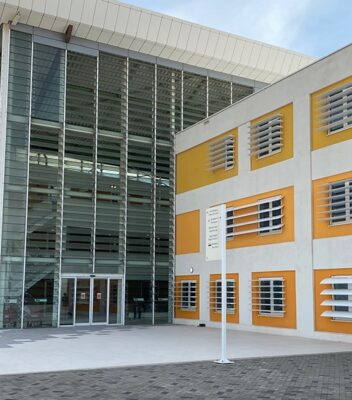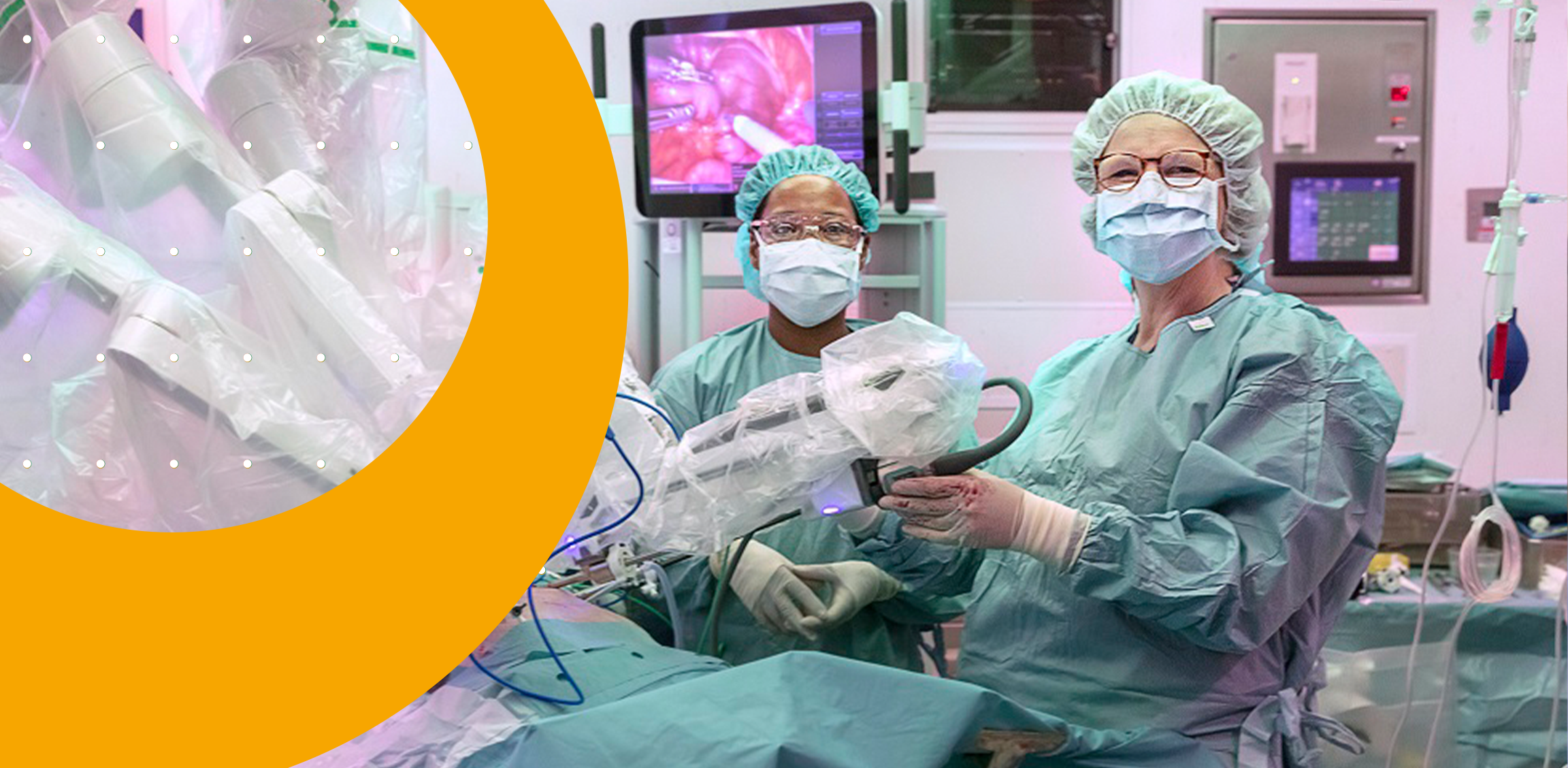
To what extent does the investment in a robot compensate for variables such as less use of expensive hospital staff, a shorter admission and fewer complications?
In 2020, Performation was commissioned by Intuitive Surgical* to conduct research into the financial impact of a surgical robot. Hospital St. Antonius in Nieuwegein was willing to cooperate, offered access to all relevant data and linked intestinal surgeon Anke Smits to consultant Holger Wagenaar. They look back together one year after completing the research.
Benefits surgical robot
Dr. Smits has been working in surgery for 25 years and has been working with the surgical robot for five years now. As a advocate of innovative techniques, she needs more experience and knowledge sharing in the field of surgical robots. “The beauty of the surgical robot is that the instruments have a double joint, so that I can perform the operation more easily and better, in an ergonomically correct position. The self-service camera also offers very good image quality, in 3D. I can also zoom in well and work much more accurately that way.”
During keyhole surgery, it may be necessary to make the ‘conversion’ to an open operation, with an incision in the abdominal wall. Thanks to the robot, the conversion is needed much less often. Smits: “It is unfavorable for the patient to get such a large cut in the abdomen. The patient then has a higher risk of complications and spends longer in the hospital. The research has proven that as well.”
The advantages of a robot for both patients and surgeons seem obvious, but for many hospitals the high investment of this innovation still creates a barrier. “Of course it is an expensive instrument. I was also skeptical at first. With over two thousand laparoscopic operations, I was very experienced, handy and fast. I could hardly imagine that it could be done better with a robot. But a friend of mine convinced me and said: once you’re in that robot, you don’t want to get out. And I was completely ‘converted’ when it became clear to me that all the instruments I used for keyhole surgery are available in the robot.”
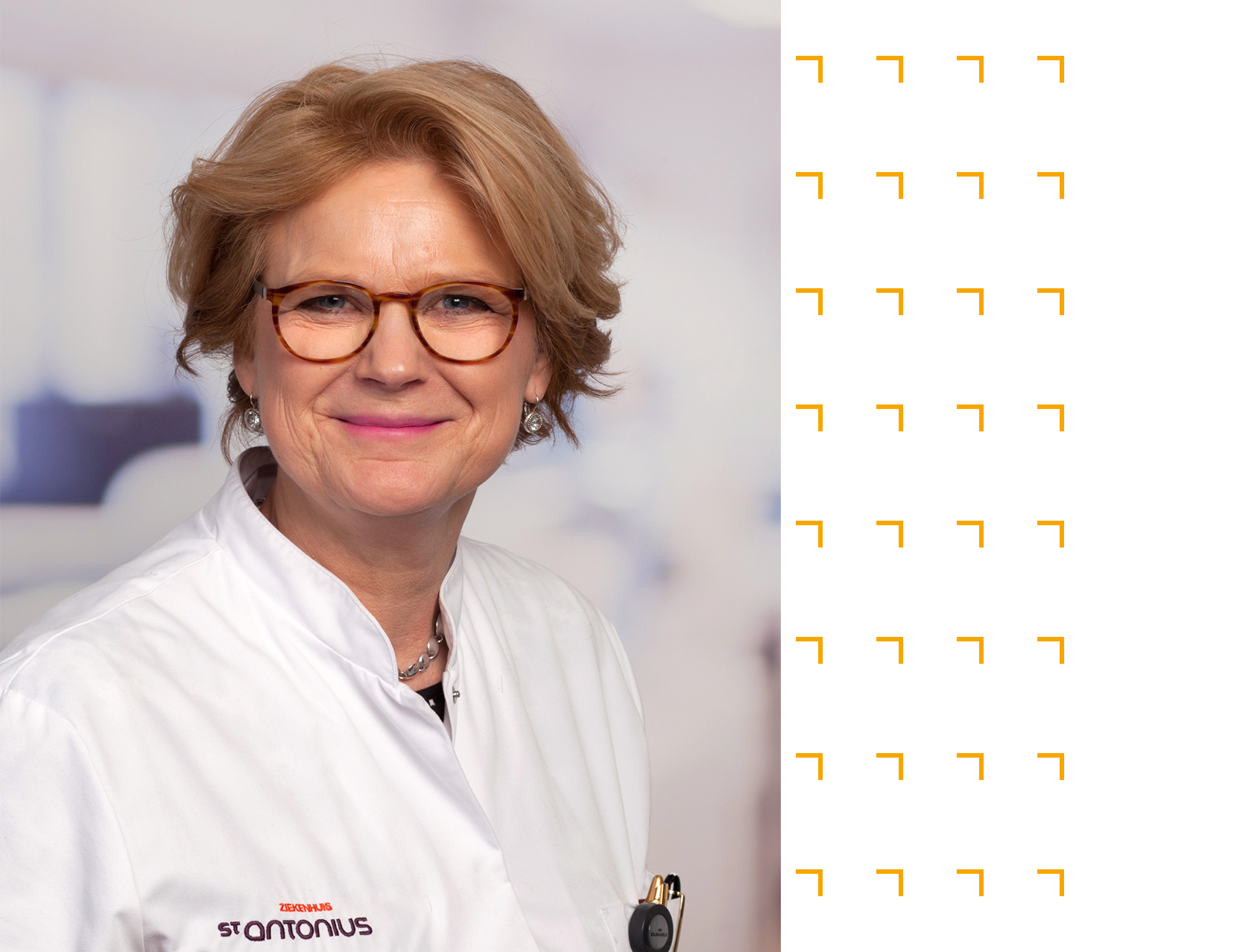
Pure financial business case
Smits is now a pioneer in this field in her hospital. In her battle for more robots for – initially – her own department, a pure financial business case is exactly what she needed. “In many hospitals, a distorted picture arises because all expenses associated with the robot are in a separate cost center, as opposed to specific laparoscopic costs. So I was very curious about the outcome of the research. For example, I knew that patients who have been operated on with the robot can go home faster, but it is very difficult to get that from the data.”
For a fair comparison, it was necessary that Performation took into account variables such as complications, employee deployment, length of stay, re-operations and readmissions. “And what we were unable to take into account, but we do know, is that keyhole operations in the intestine are much less likely to lead to permanent stomas. This saves high costs in the long term. Apart from all the misery of the patient, who has a better quality of life, without a large scar on the abdomen.”
Smits and Wagenaar also like to reflect on the impact of (unnecessary) days people have to spend in the hospital. “Those days count so much in the costs,” Wagenaar confirms, to which Smits adds: “While patients can go home faster after an operation with the robot, it turns out to be a very difficult process to teach colleagues in the department that these people can really go home faster. ‘But that patient has had intestinal surgery, right?’ they ask me. So it mainly has to do with the mindset.”
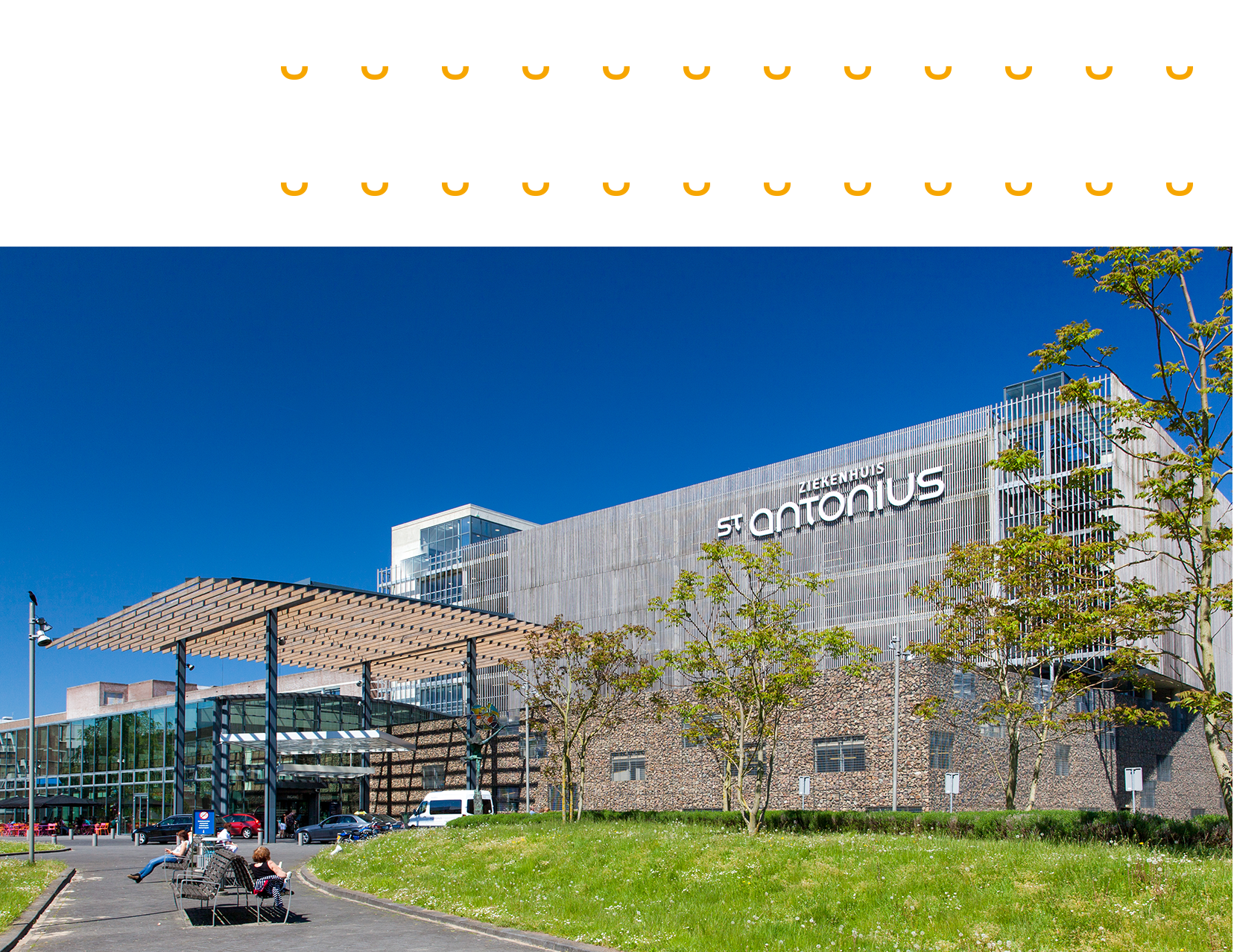
Earn money back for the hospital
Smits says that the research for intestinal surgery has shown that the invested money is recouped in the hospital. “The results of the research reinforce my belief that the robot is really the solution. Some extremely complex operations take longer with the robot, but we do save a huge amount on conversion, which would have cost the hospital much more money. The head of our operating room is now also completely confident!” Wagenaar: “We had to make some assumptions about the effect of using the robot on the most complex patients.”
Of course, not all benefits can be reduced to monetary terms. Ultimately, it’s about the patient’s health. And the physical well-being of surgeons is also a factor to take into account. “The hospital would like to have the most experienced surgeons perform the most difficult intestinal operations. It is important that the surgeons remain in good condition. Thanks to a robot, they do not have to stand in laborious positions for hours, but they can sit comfortably in the robot console. Less loss of experienced surgeons also leads to fewer conversions than when these complex operations are performed by less experienced surgeons.”
According to Smits, people like Holger Wagenaar, “who know the ins and outs,” are essential for the hospital. “Because otherwise administrators will see graphs that are completely incorrect and they can deny patients the right treatments based on wrongful facts. And then the patients and doctors suffer. Performation handled that very well and I think such research is really worth recommending!”
*Intuitive Surgical: An American company that develops, manufactures and markets robotic products designed to improve patient clinical outcomes through minimally invasive surgery, specifically da Vinci Surgical.
